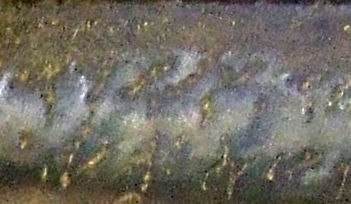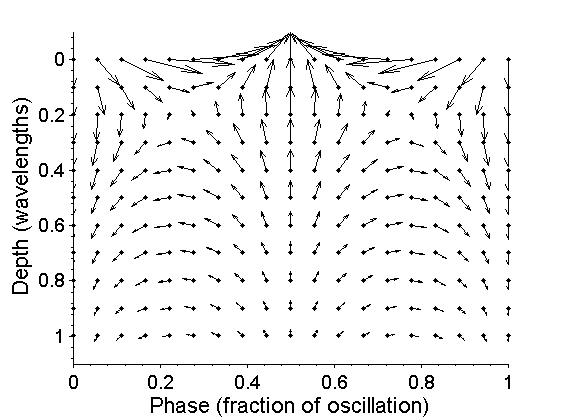I-RAIL - Why?
The I-RAIL project is designed as a high-speed system that can be mounted to any train, and is therefore suitable for monitoring the rail network for degradation over long periods of time.
What is rail track?
Rail is very high quality hot rolled steel, and can be found in the flat-bottom or T-section configuration around the world, attached to a supporting transverse railway sleeper made of wood or concrete, and much less commonly, steel and plastic composites. Sleepers sit on track ballast, commonly heavy crushed stone packed around the sleepers to provide support and drainage. Ballastless tracks also exist, but are much less common.
Rails are produced in fixed lengths and joined to make a continuous surface. They can be bolted together using metal fishplates, or welded to form continuous welded rail (CWR). Track gauge is the distance between the inner sides of the heads of the two load bearing rails that make up a single railway; the UK uses standard gauge, a distance of 1435mm.
Why is I-RAIL needed?
Rail inspection is the examination of rail tracks for flaws that could lead to failure, with the majority of defects in the head. An example defect due to rolling contact fatigue (RCF) is gauge corner cracking (GCC). RCF is caused by high normal and tangential stresses between the wheel and rail, causing severe shearing of the surface, combined with either fatigue or exhaustion of the ductility of the material. The presence of water and other liquids can cause the microscopic crack to propagate faster, as it can expand or cause corrosion. The crack propagates through the surface layers of steel at a shallow angle to the rail running surface, and then, after a few millimetres, can lead to spalling or, more rarely, it can turn down into the rail, eventually causing the rail to break. Fracture at one crack increases stress in nearby sections, potentially leading to further breaks, and consequently, derailments can occur.

This picture depicts rolling contact fatigue on the head of a section of rail. Water freezing in these cracks can force them open, and after a critical size, the rail can fail completely.
Why use surface (Rayleigh-like) waves?
Surface acoustic waves (SAWs) have an amplitude that decays exponentially with depth, and hence are confined to the surface. Rayleigh waves are a type of SAW with an elliptical particle oscillation, retrograde with respect to the direction of propagation (counter-clockwise for a wave travelling to the right), with a normal displacement approximately 1.5 times larger than the tangential displacement. The particle movement loses amplitude and becomes more circular at increasing depth. Rayleigh waves require a surface that forms part of a semi-infinite medium, which a rail is not. However, over the distances considered in I-RAIL, simulations and experiment have shown that the waves are sufficiently Rayleigh-like to be treated as Rayleigh waves.
Due to the surface confinement, the waves are sensitive only to surface defects. Interactions will take place with all the surface defects in the path of the Rayleigh wave, which means that unlike with bulk waves, shallower defects cannot shield deeper defects from detection. What will be detected by the technique is a defect at least as deep as the deepest one the wave has interacted with.

This picture depicts the Rayleigh wave polarisation at a range of depths and fractions through the oscillation. For a given point in the oscillation (how far through the wavelength), the direction of the oscillation can be seen as an arrow, the size of which represents the amplitude of the oscillation (relative to the other arrows, not in absolute terms).
 "ePortfolio - Phil Petcher" by Phillip A. Petcher is licensed under a Creative Commons Attribution 3.0 Unported License.
"ePortfolio - Phil Petcher" by Phillip A. Petcher is licensed under a Creative Commons Attribution 3.0 Unported License.
